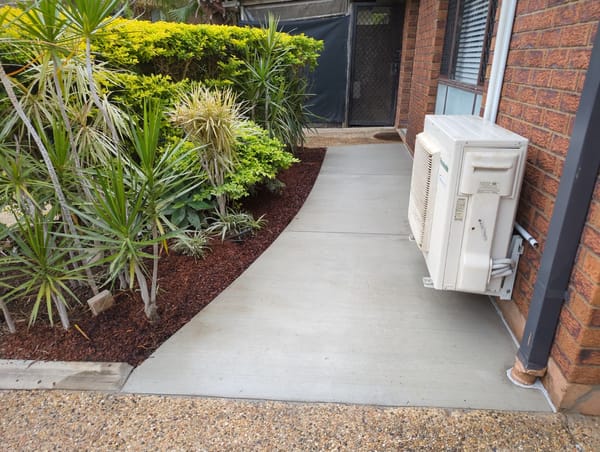Maintaining a home is akin to taking care of a living organism. Just as we regularly check our health, homes too require ongoing attention to stay in prime condition. In the realm of residential construction, there are two primary approaches to maintenance: preventative and reactive. Let's dive deep into these concepts, understand their importance, and explore how implementing a maintenance management plan can be a game-changer for homeowners.
Understanding Preventative Maintenance
At its core, preventative maintenance involves regular inspections and timely interventions to prevent problems before they occur. Think of it as the regular dental check-ups you undertake to avoid cavities and tooth decay. In a residential setting, this might include tasks like cleaning gutters, inspecting roofs for potential leaks, or servicing your heating and cooling systems. These actions, when done routinely, can significantly extend the life of these components and improve your home's overall efficiency.
For instance, consider the painting of external timber work. Regularly painting exposed timber not only keeps your home looking fresh but also serves as a protective barrier against the elements, preventing costly repairs down the line. Similarly, cleaning and inspecting your gutters can prevent blockages that might lead to water damage.
The Role of Reactive Maintenance
On the flip side, reactive maintenance is the "ambulance at the bottom of the cliff" approach. This method involves responding to problems after they have occurred. For example, fixing a burst water pipe or repairing a broken window post-storm. While sometimes unavoidable, reactive maintenance is often more costly and time-consuming. It's the equivalent of waiting for a toothache to get worse before visiting the dentist.
Balancing Both Approaches
A savvy homeowner balances both preventative and reactive maintenance. Think of your home as a car; while you might need to address unexpected issues (like a flat tire), regular servicing can prevent many problems from arising in the first place.
Benefits of a Maintenance Calendar
Having a maintenance calendar is like having a personal assistant for your home. It helps you:
- Time Management: Schedule tasks efficiently, ensuring regular upkeep without letting anything fall through the cracks.
- Cost Reduction: By catching issues early, you save on extensive repair costs. Regular maintenance can prevent the escalation of minor issues into major expenditures.
- Quality Assurance: A well-maintained home retains its aesthetic appeal and functionality, enhancing your living experience.
- Present and Future Value: A well-kept home not only offers immediate comfort but also retains its market value over time.
- Maintenance vs. Make-Good Costs: Regular maintenance can be significantly cheaper than the costs associated with repairing or replacing neglected elements.
Implementing a Maintenance Management Plan
- Create a Maintenance Checklist: List down all the components of your home that require regular maintenance. This could range from roofing, plumbing, electrical systems, to garden and exterior aesthetics.
- Schedule Regular Inspections: Allocate specific times of the year for these inspections. For example, pre-winter checks on heating systems and pre-summer checks on cooling systems.
- Leverage Technology: Use a Computerised Maintenance Management System (CMMS) to streamline this process. A CMMS can help you track maintenance activities, schedule reminders, and keep a record of expenses.
- Budget for Maintenance: Set aside a portion of your household budget for regular maintenance tasks. This proactive financial planning can save you from unexpected expenses.
- Educate Yourself: Understand the basics of home maintenance. Knowing what to look for can help you identify potential issues before they worsen.
- Hire Professionals: For complex tasks, don't hesitate to hire professionals. Their expertise can ensure high-quality maintenance, saving you time and effort.
Conclusion
In conclusion, maintaining a residential home is an ongoing process that requires a balanced approach of preventative and reactive strategies. By implementing a maintenance calendar and adhering to a well-structured management plan, homeowners can enjoy the dual benefits of cost-efficiency and quality assurance.
It’s not just about fixing what's broken; it's about nurturing your home so that it stands strong and beautiful, today and in the years to come. Remember, a stitch in time saves nine; regular maintenance is that stitch, ensuring the fabric of your home remains intact and valuable.







